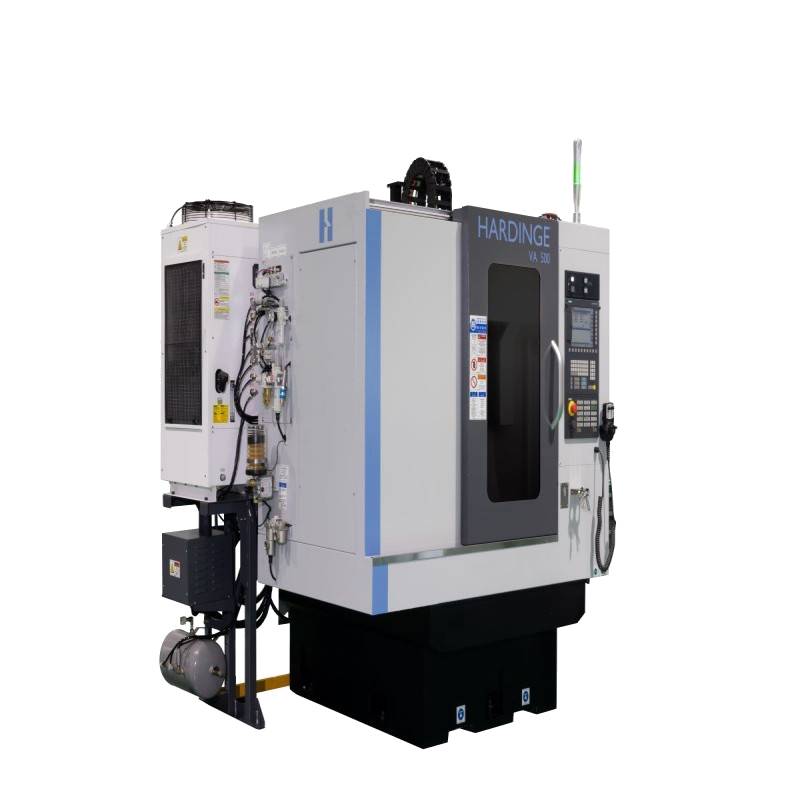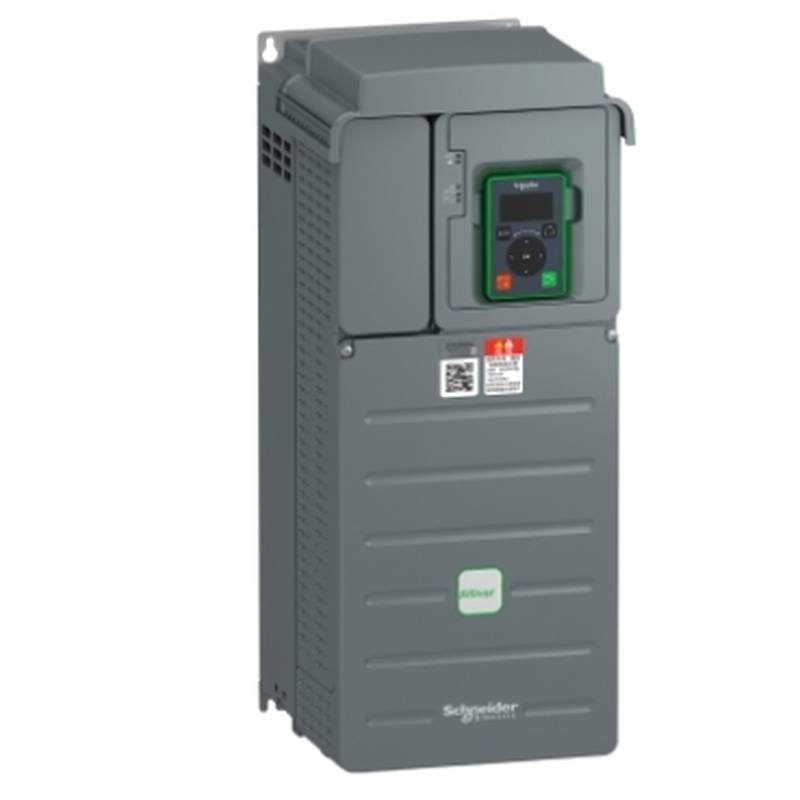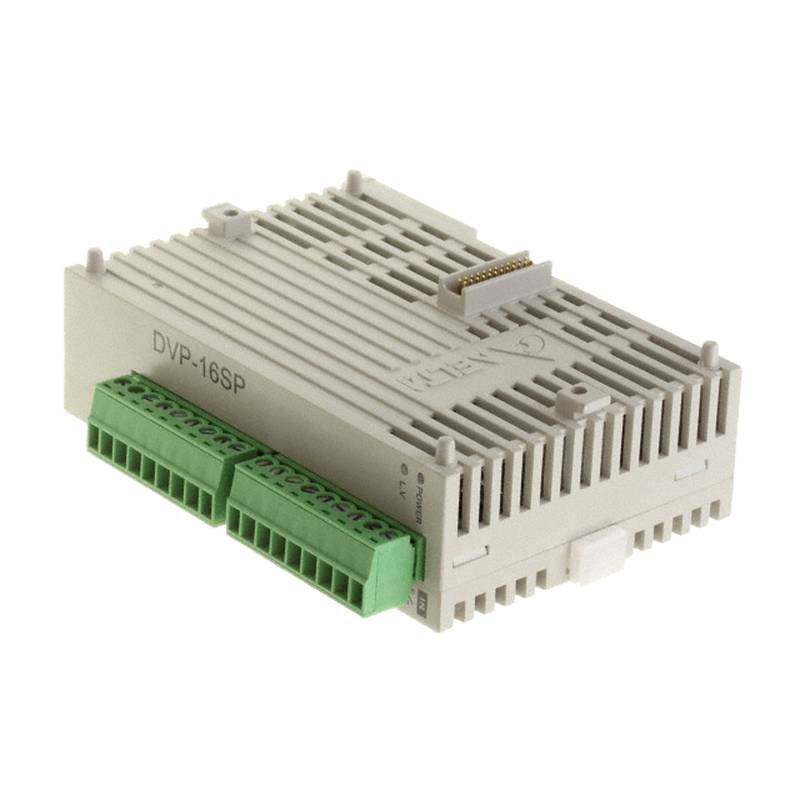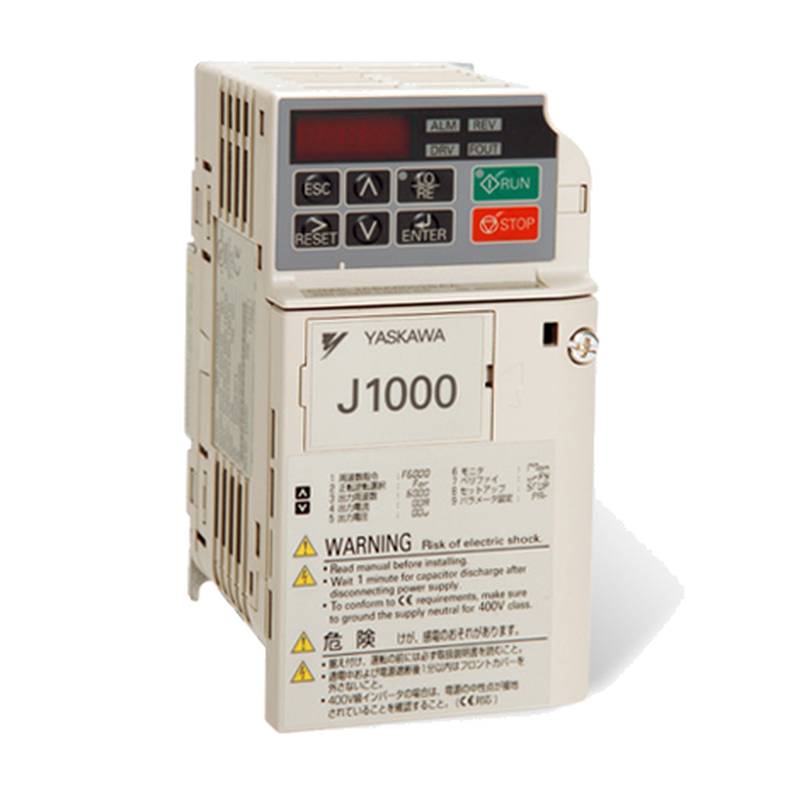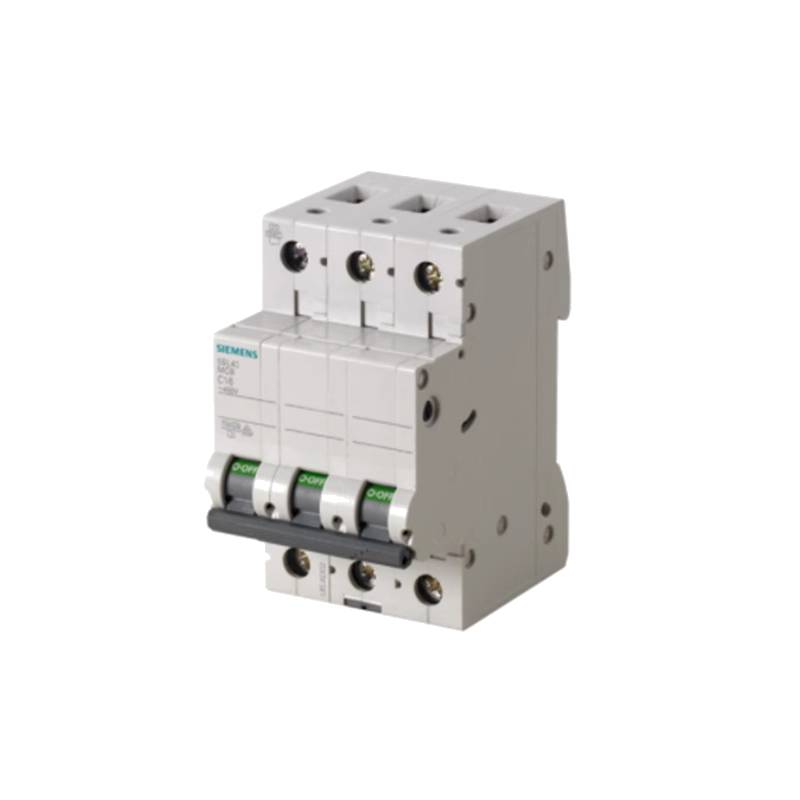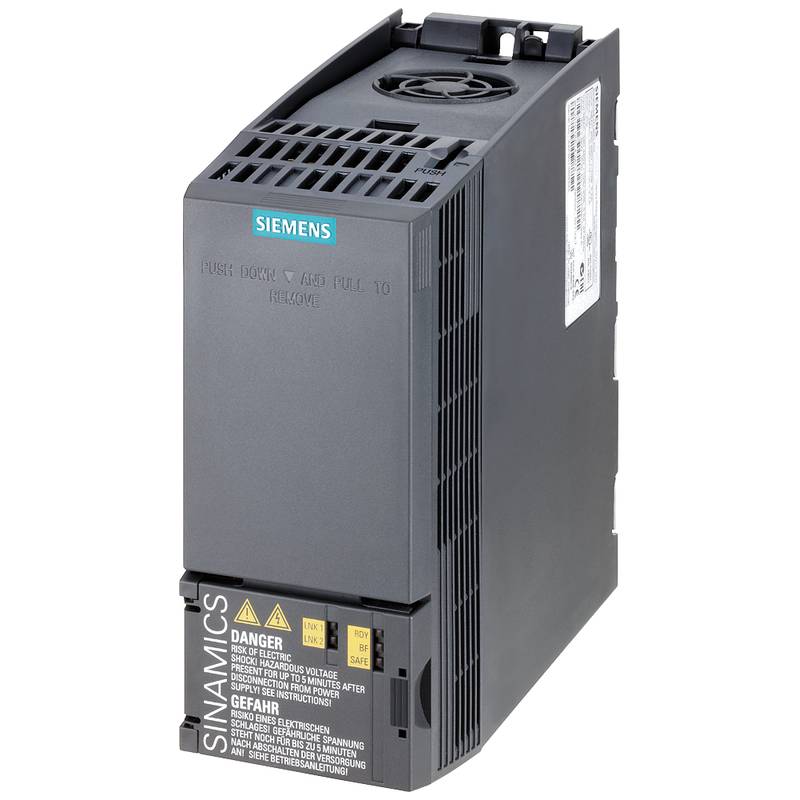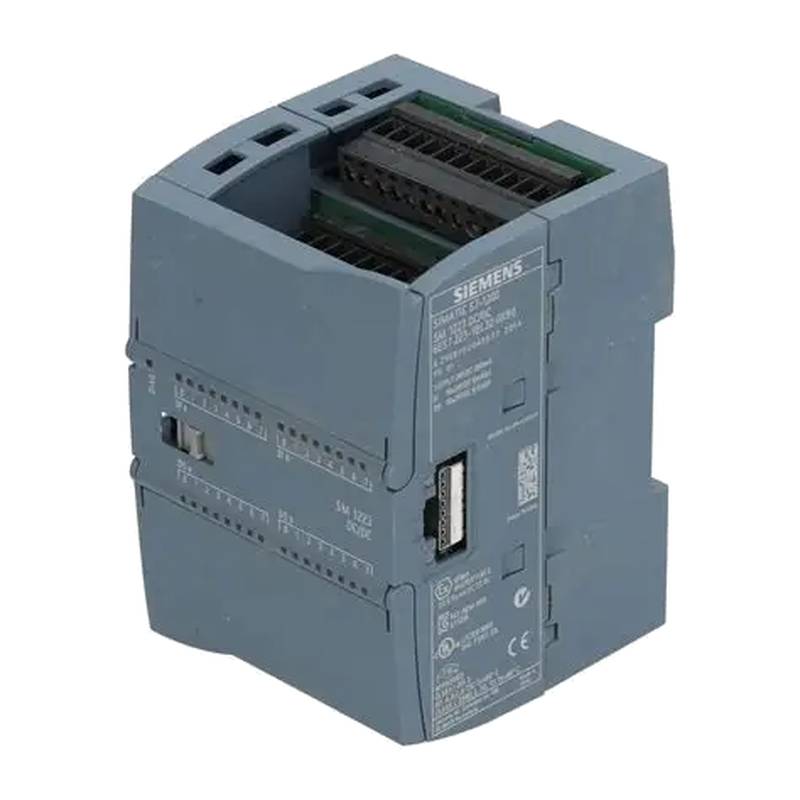
The HARDINGE VC700 Precision Vertical CNC Milling & Machining Center represents a pinnacle of American engineering, meticulously crafted for demanding manufacturing environments. This machine is engineered to deliver exceptional accuracy, robust rigidity, and unparalleled operational efficiency within a compact footprint, making it an ideal choice for aerospace, medical device, and precision optics industries. The VC700 is a fully integrated system designed for both high-volume production and intricate one-off components, ensuring superior surface finishes and tight tolerances.
Product Specifications
| Feature | Specification |
| :-------------------- | :----------------------------------------------- |
| X-Axis Travel | 720 mm (28.3 in) |
| Y-Axis Travel | 410 mm (16.1 in) |
| Z-Axis Travel | 430 mm (16.9 in) |
| Worktable Size | 800 mm x 400 mm (31.5 in x 15.7 in) |
| Worktable Load Capacity | 300 kg (661 lbs) |
| Positioning Accuracy | ≤ 0.008 mm (0.0003 in) |
| Repeatability | ≤ 0.004 mm (0.00016 in) |
| Spindle Type | BBT40, Direct Drive, 12,000 RPM |
| Tool Changer Capacity | 20 stations (Arm Type) |
| Control Systems | Fanuc 0i MF Plus or Siemens 828D |
| X/Y/Z Rapid Traverse | 36 m/min (1417 ipm) |
| Spindle Power | 7.5 kW (10 hp) |
| Output Torque | 47.8 Nm (35.3 ft-lbs) |
Core Features & Market Positioning
The HARDINGE VC700 distinguishes itself through a strategic combination of advanced technological features and a philosophy of "right-sized" design, optimizing both work envelope and shop floor footprint. Its core strength lies in its ability to provide a stable, vibration-dampening environment essential for precision cutting of hardened steels, exotic alloys, and engineered plastics, achieving micron-level accuracy. The dual-contact BBT40 spindle system, which interfaces with the toolholder on both the taper and face, delivers superior rigidity and secure toolholding, a critical advantage for complex machining operations. Market positioning is further solidified by its integration with industry-leading CNC controls like Fanuc and Siemens, offering versatility and intelligence for high-value manufacturing operations. This focus on intrinsic rigidity, precision, and user-centric design places the VC700 as a highly competitive offering for shops demanding uncompromising quality.
Key Application Scenarios
The HARDINGE VC700 is a versatile machining solution tailored for applications demanding high precision and robust performance. Its capabilities make it an indispensable asset in industries such as aerospace, where it can precisely machine structural components and critical engine parts from challenging materials. The medical device sector benefits from the VC700's ability to produce intricate surgical instruments and implants with superior surface finishes and tight tolerances, often from biocompatible materials like stainless steel. Furthermore, its accuracy and efficiency are well-suited for the production of precision optics components and prototypes in the automotive industry, including those for high-performance applications.
Practical System Integration Guidance
Integrating the HARDINGE VC700 into an existing manufacturing setup involves careful consideration of its control system and peripheral connections. The machine typically comes equipped with either a Fanuc 0i MF Plus or a Siemens 828D control system. Both systems offer advanced features for programming, diagnostics, and machine monitoring. The Fanuc 0i MF Plus includes a 10.4” display, 5-axis 4-linkage capability, HRV3 control, and extensive program storage, along with PCMCIA, Ethernet, and USB interfaces for data transfer. The Siemens 828D offers similar advanced capabilities, including a color display, integrated keyboard, graphical conversational programming, and advanced contour milling functions. Ensuring proper electrical supply and connection to shop air (if pneumatics are utilized for tool changes or other functions) are standard integration steps. For programming, users can leverage G-code for metric or imperial operations, or utilize the conversational programming options available on both control platforms.
Operation and Risk Mitigation
Operating the HARDINGE VC700 demands adherence to established safety protocols to mitigate operational risks. A key safety feature is the interlocked safety door, equipped with a hard-wired locking mechanism that prevents machine operation when the door is open, thereby safeguarding personnel during machining cycles. Regular maintenance, including the automatic centralized grease lubrication system, is crucial for maintaining operational efficiency and preventing premature wear of components. While specific troubleshooting guides and error codes are detailed within the machine's comprehensive operational manual, common issues in vertical machining centers can relate to tool changes or axis movement. For instance, a potential issue could be a tool being dropped prematurely during a tool change cycle, which might require adjustments to sensor timing or parameter settings related to the Automatic Tool Changer (ATC) system. However, the robust design and quality components of the VC700 are engineered to minimize such occurrences.
Scalability & Long-Term Value
The HARDINGE VC700 is designed with long-term value and potential scalability in mind, offering a solid foundation for evolving manufacturing needs. While the machine itself is a highly capable standalone unit, its integration with industry-standard CNC controls such as Fanuc and Siemens opens avenues for advanced networking and IIoT integration. These controls often support communication protocols that allow the VC700 to be networked with other machines and enterprise resource planning (ERP) systems for enhanced production monitoring and data analysis. Although Hardinge's machine and workholding businesses have transitioned to Kellenberger and Forkardt Hardinge under new ownership, the core engineering principles of reliability and precision inherent in the VC700 ensure its continued value and performance in demanding applications. The machine's rigid construction and high-quality components contribute to a long service life and a favorable total cost of ownership.
Frequently Asked Questions
What are the primary industries that benefit from the HARDINGE VC700?
The HARDINGE VC700 is highly sought after in sectors demanding precision and reliability. Aerospace manufacturers utilize it for critical components where material integrity is paramount.
This VMC is also essential in the medical field for producing complex implants and instruments with stringent tolerance requirements. Precision optics and high-performance automotive part production are other key application areas.
What is the significance of the BBT40 spindle on the HARDINGE VC700?
The BBT40 spindle on the VC700 is a dual-contact system. It engages the toolholder on both the taper and the face of the spindle.
This double contact design significantly enhances rigidity and toolholding security. It minimizes runout and vibration, leading to improved surface finishes and extended tool life.
How does the HARDINGE VC700 ensure high precision and repeatability?
Precision is achieved through a combination of factors in the VC700's design. It features a heavily ribbed, high-quality cast iron frame for superior vibration damping.
High-grade linear roller ways and direct-drive ball screws ensure smooth, accurate axis movement. These elements, coupled with rigorous calibration, guarantee consistent part quality.
What are the advantages of the direct-drive spindle on the VC700?
A direct-drive spindle eliminates the inefficiencies and potential vibrations associated with belt drives. This results in more responsive and smoother spindle operation.
It provides a higher level of accuracy and better surface finishes on machined parts. The direct connection also contributes to increased reliability and reduced maintenance.
Can the HARDINGE VC700 handle different types of materials?
Yes, the VC700 is engineered for versatility across a range of materials. It excels in machining hardened steels and exotic alloys due to its rigidity.
It is also capable of high-speed finishing on softer materials like aluminum. This adaptability makes it suitable for diverse manufacturing needs.
What are the typical axis travels for the HARDINGE VC700?
The HARDINGE VC700 offers substantial axis travels for a versatile work envelope. It provides 720 mm of travel along the X-axis.
The Y-axis travel is 410 mm, and the Z-axis travel is 430 mm. These dimensions accommodate a wide variety of part sizes and machining operations.
What are the options for the control system on the HARDINGE VC700?
The HARDINGE VC700 can be equipped with industry-leading CNC control systems. Common options include the Fanuc 0i MF Plus.
Alternatively, it can be configured with the Siemens 828D control system. Both offer advanced features for programming and operation.
What is the worktable size and load capacity of the VC700?
The worktable on the HARDINGE VC700 measures 800 mm by 400 mm. This provides a stable platform for fixturing and machining operations.
Its load-bearing capacity is rated at 300 kg. This allows for the secure mounting of a variety of workpieces and fixtures.
How does the machine's construction contribute to its performance?
The VC700 utilizes heavily ribbed, high-quality grey iron castings for its base and column. This material choice provides superior inherent damping properties.
These castings absorb vibrational energy generated during cutting, leading to better surface finishes and extended tool life. This robust foundation is key to its precision capabilities.
What is the tool changer capacity of the HARDINGE VC700?
The HARDINGE VC700 comes standard with an arm-type automatic tool changer. It is equipped with a 20-station capacity.
This capacity allows for a diverse range of tools to be loaded, enabling complex multi-process machining without manual intervention. This enhances efficiency and reduces cycle times.














